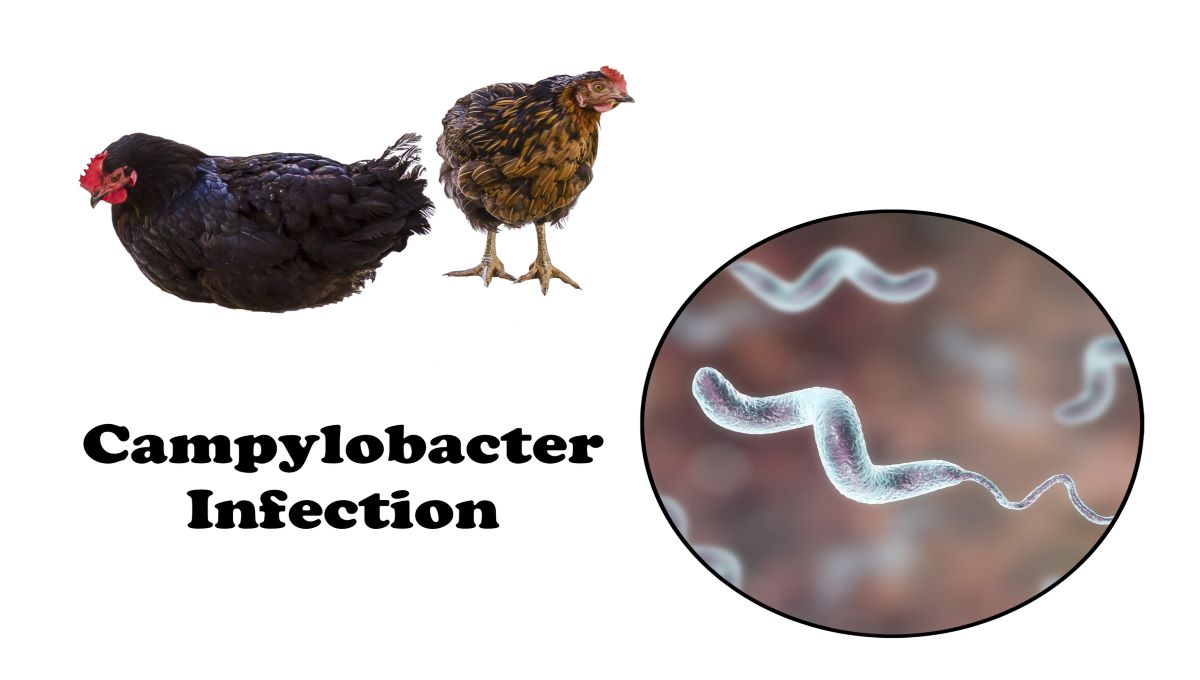Data from Campylobacter surveillance in 2021 confirmed trends seen in previous years, according to the most recent statistics published by Santé Publique France.
Findings are based on the National Reference Center (CNR) for Campylobacter and Helicobacter and mandatory declaration of outbreaks. Past data from 2020 showed Campylobacter infections were not impacted by public health measures taken because of the COVID-19 pandemic.
Campylobacter has been increasing since 2013 when online data entry was introduced. Scientists said this could reflect an actual rise in infections or it may be because of other factors such as better detection methods.
CNR data shows that among the 8,875 isolates in 2021, Campylobacter jejuni was the most frequently identified with more than 85 percent, followed by Campylobacter coli at 12 percent and Campylobacter fetus at below 1 percent. Most strains were isolated from stool samples.
In France, the average annual number of symptomatic cases of Campylobacter is estimated to be 493,000, of which 392,000 are associated with foodborne transmission.
Monitoring of Campylobacter in poultry at the distribution stage is looking at the impact of the European process hygiene criterion. Samples of fresh poultry meat without and with skin have been tested. EU rules for Campylobacter on broilers require intervention if 1,000 Colony Forming Units per gram (CFU/g) for neck skin samples after chilling of carcasses in the processing plant is exceeded. It initially allowed 20 samples to exceed 1,000 CFU/g. This was reduced to 15 of 50 samples in 2020 and will drop to 10 in 2025. Another surveillance plan has covered raw milk at production.
Results reflect past years
A seasonal upsurge was observed during the summer period of 2021 with a peak in August, as in past years. For patients with available information, only a small percentage were linked to travel abroad.
Age at infection varied between less than 1 and 102 years old, with an average of 34. Incidence was highest for the age group less than 1 to 9 years old. Incidence was also higher in men than women in all age groups. Campylobacter jejuni infections were mainly reported in children and young adults less than 30 years old.
More than 50 outbreaks affecting 178 people were declared. This is similar to figures from the year before. In 2021, for half of all outbreaks, consumption of poultry was the incriminated or suspected source of contamination.
The rate of resistance to ciprofloxacin remained high. Resistance rates to tetracycline and ampicillin are also high but have been stable for several years. The frequency of resistance was very low for gentamicin and for amoxicillin and clavulanic acid. Resistance rates of Campylobacter coli strains to erythromycin and tetracycline were higher than those of Campylobacter jejuni but lower for ciprofloxacin.
The main risk factors for infection are handling fresh meat, cross-contamination of food from surfaces in the kitchen, and eating the undercooked meat. Preventive measures are based on good hygiene practices in the kitchen such as handwashing, cleaning surfaces and utensils after handling poultry or raw meat, and cooking meat properly.
(To sign up for a free subscription to Food Safety News, click here.)

